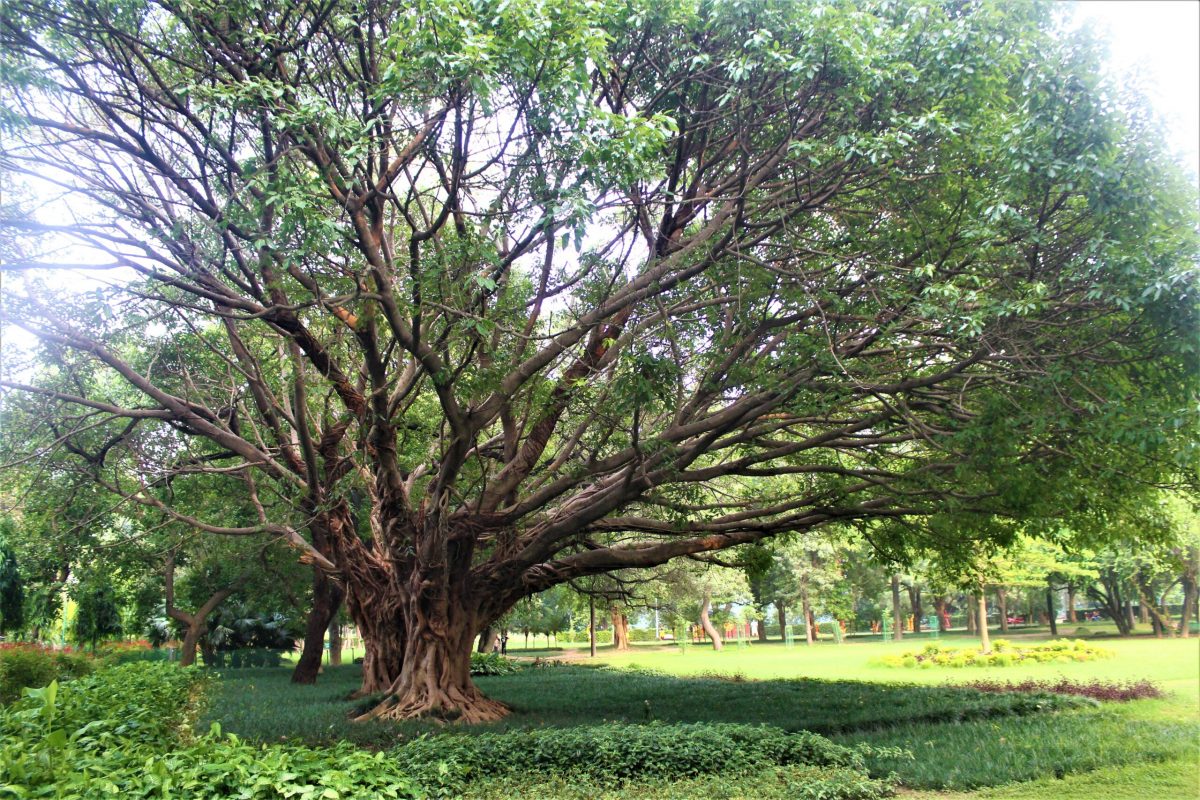The Commission for Air Quality Management (CAQM) announced on Wednesday that government agencies in Delhi and the NCR districts of Haryana, Rajasthan, and Uttar Pradesh have been directed to plant 4.5 crore saplings in 2024-25 to combat air pollution.
The commission specified that Delhi is to plant 56,40,593 saplings, Haryana 1,32,50,000 saplings, Rajasthan 42,68,649 saplings, and Uttar Pradesh 1,97,56,196 saplings.
Additionally, central government agencies in the National Capital Region (NCR) have been mandated to plant 12,07,000 saplings, marking a significant 91% increase from the previous year.
In the 2023-24 period, the commission aimed for the planting of around 3.85 crore saplings across Delhi-NCR, successfully achieving about 3.6 crore, or 93.5% of the target. Specifically, Delhi reached 84.6% of its target, Haryana 87.4%, Rajasthan 86.2%, and Uttar Pradesh 103.4%.
Also Read: Global plastic treaty sees no agreement, but a push for breakthrough against pollution has been made
This comes at a time when the northwestern region, including Delhi, has coped for weeks with intolerable temperatures and air quality hovering in the range of 124-167.
On Wednesday air quality index (AQI) in Delhi was a moderate 136, according to the Central Pollution Control Board data. There are six AQI categories—good, satisfactory, moderately polluted, poor, very poor, and severe. Each is based on ambient concentration of air pollutants and their likely health impacts, known as health breakpoints.
Recent data from the India Meteorological Department shows a trend of snail-paced monsoon rainfall in June, followed by prolonged, heavy rainfall in September. This shift is accompanied by rising temperatures during monsoon months and an increase in the number of dry days, especially over eastern India. (With inputs from PTI)





